- Home
- Military & Defense
- Here's What It's Like To Live With The Zapatistas, 20 Years After Their Attempted Revolution In Mexico
Here's What It's Like To Live With The Zapatistas, 20 Years After Their Attempted Revolution In Mexico
Much of Chiapas is over 7,000 feet above sea-level, and the area can be shrouded in fog for weeks on end. "We drove through mountains without seeing anything for hours," Clarke says.

Clarke stayed with a family in the town of La Illusion, one of the Zapatistas' 35 or more autonomous communities high in the mountains of Chiapas. La Illusion is 5 hours from San Cristobal de las Casas, the state's major city. The Zapatistas wear masks and cover their faces as a form of protest and resistance, calling themselves "the Faceless" and turning anonymity into a source of power. When asked about the masks, leaders are famously quoted as saying, "We cover our faces in order to be seen; we die in order to live."
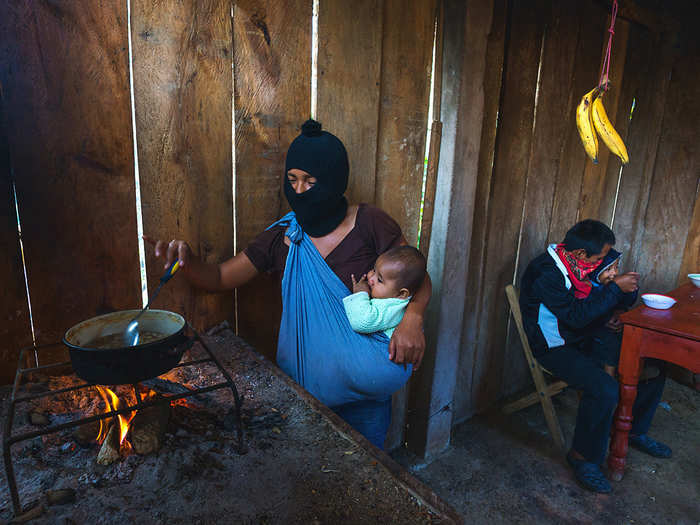
“K”, Clarke's guardian and guide for the week in Chiapas, is pictured here. Clarke visited the Zapatistas as one of 1,500 people invited to travel to Chiapas and learn about the Zapatista social experiment — immersing themselves in the ways, culture, and teachings of the movement.
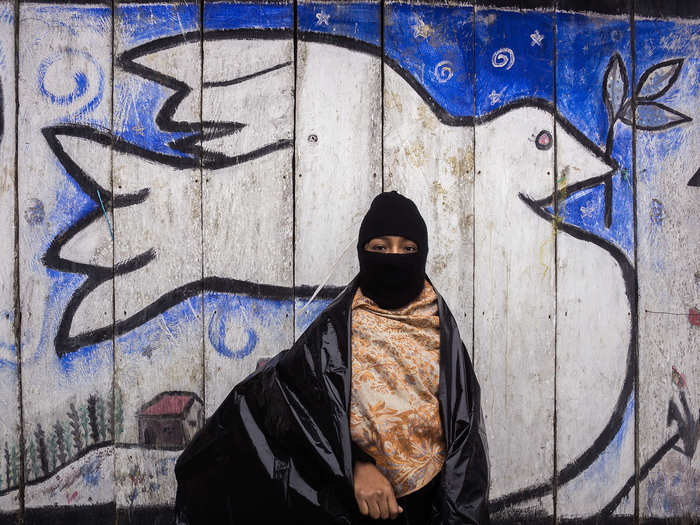
Zapatista art and murals has long depicted cultural heroes of resistance, like Emiliano Zapata or Che Guevara, seen here. A sign on the outskirts of one of the towns reads, "'Here, the people give the orders and the government obeys."
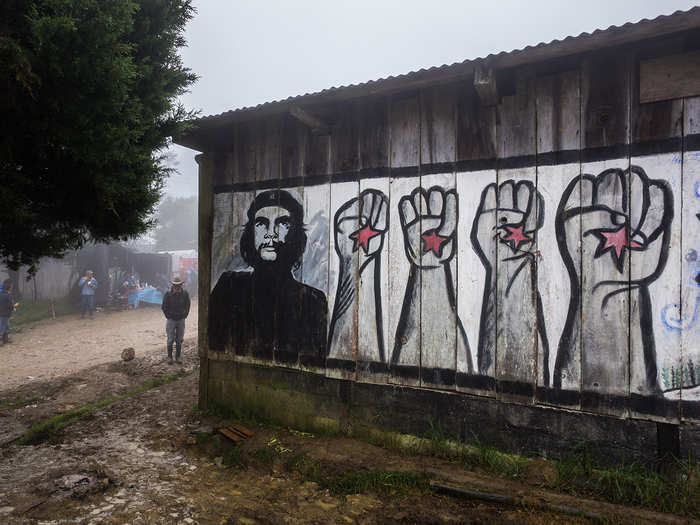
The Zapatista communities rely heavily on bananas, a plantation for which is seen below, as well as coffee beans and amber, which they trade through self-governed co-operatives overseen by a "junta" that distributes the resulting profits within these poor but self-sustaining villages.
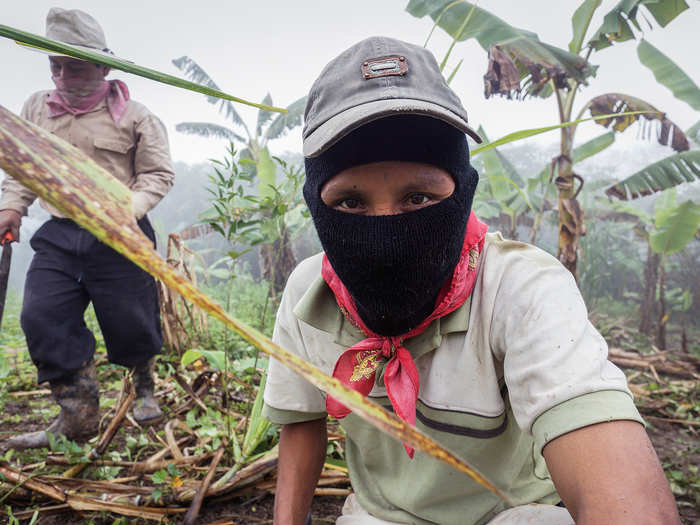
The coffee bean is another important crop that is traded through these Zapatista-run cooperatives, which make around 130 tons of coffee a year.
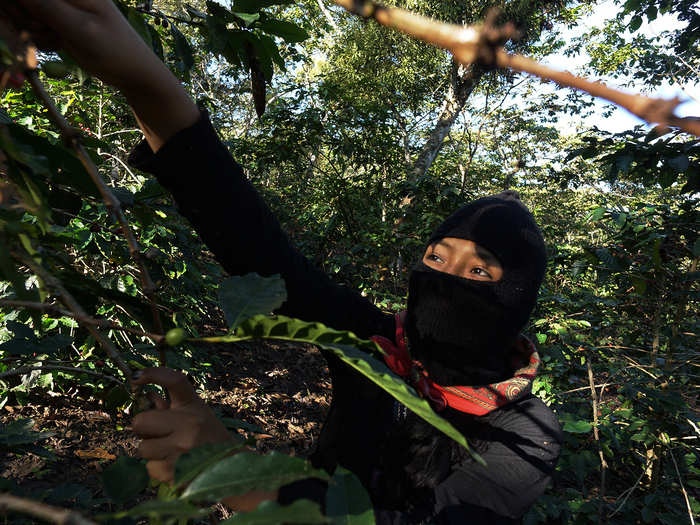
Education is one area of focus for the Zapatistas. Reading classes happen every morning.
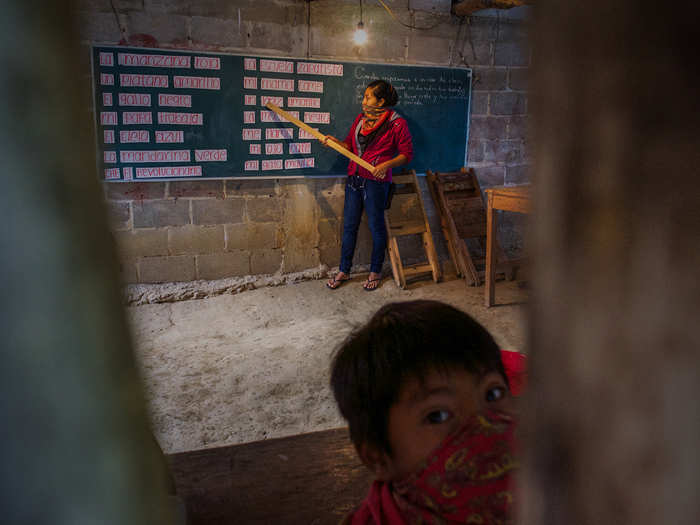
Each community runs its own medical center that is partly funded through the profits from coffee and banana cooperatives, as well with the proceeds from the local Zapatista-run corner store. Recreational drugs are totally shunned, as is alcohol. Commerce in guns, as well as illegal firewood, is forbidden as well.
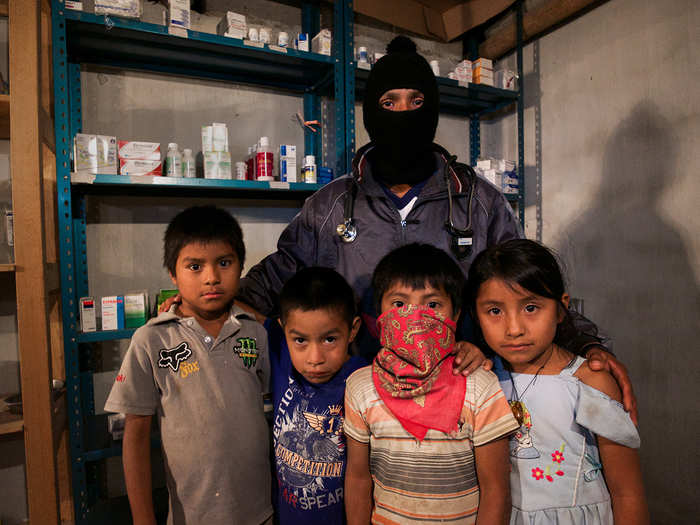
The "Office for Women and Dignity" is pictured here. The Zapatista women have a strong say in the running of community affairs, as both men and women are equal according Zapatista doctrine. Women hold many positions of leadership in the organization, including as military commanders.
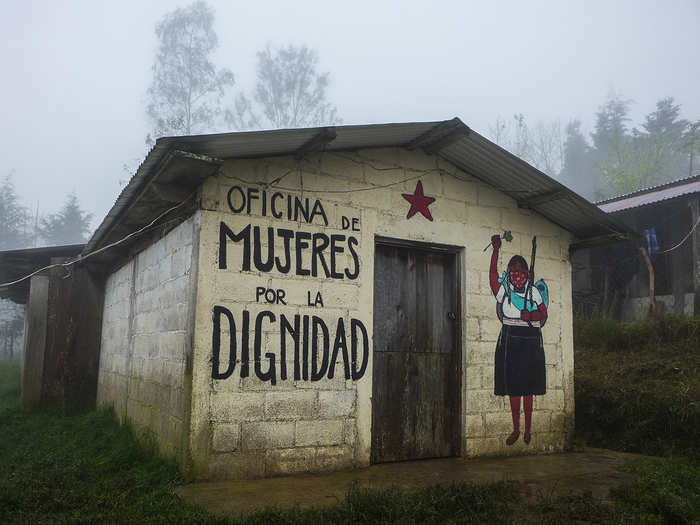
This year, Subcomandante Marcos, the charismatic and mysterious former leader of the Zapatistas and depicted in the painting on the right, stepped down as the spokesman of the movement, saying, "I declare that the one known as Insurgent Subcomandante Marcos no longer exists." This further added to the mystery and confusion around his persona.
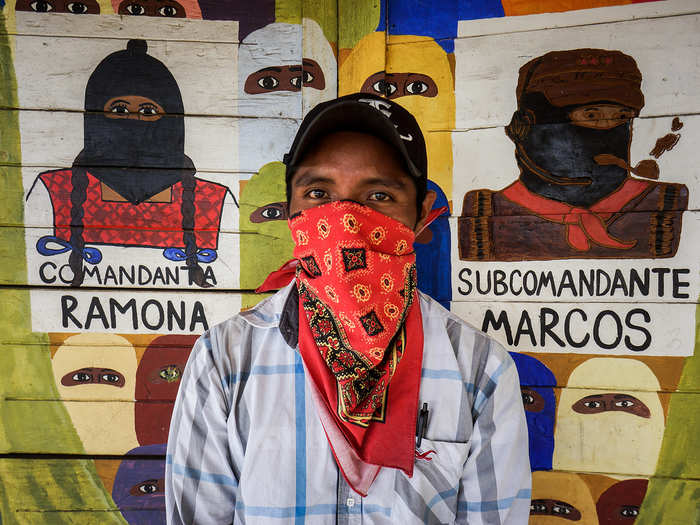
After a series of drawn-out and failed peace talks with the Mexican government in 1996, the group decided to become completely autonomous, forming the "Councils of Good Government," which organize the various autonomous municipalities. The revolving group changes every two weeks and duties are carried out by anyone within the Zapatista community over the age of 12.
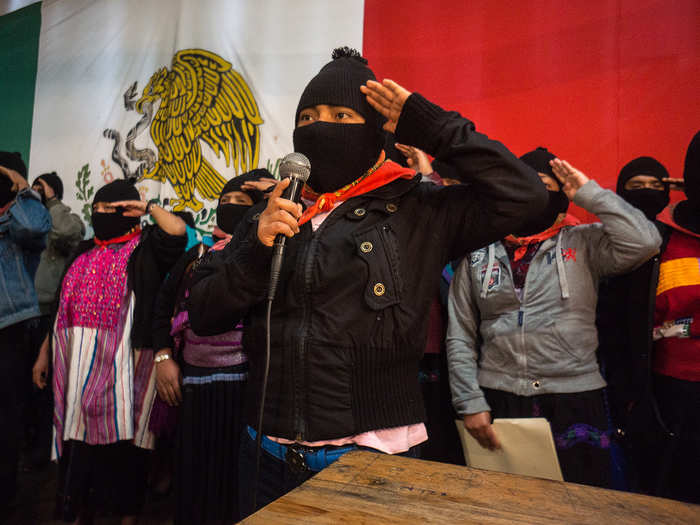
While the Zapatistas have attempted to create a life on their own terms in the mountains of Chiapas, things are far from utopian. In May 2014, a school was burnt down by other combined militant factions, leaving 15 injured and one prominent Zapatista teacher dead. Due to the isolated nature of the Zapatista regions, news coverage of this event and ones like it are scarce. Tensions still remain high.
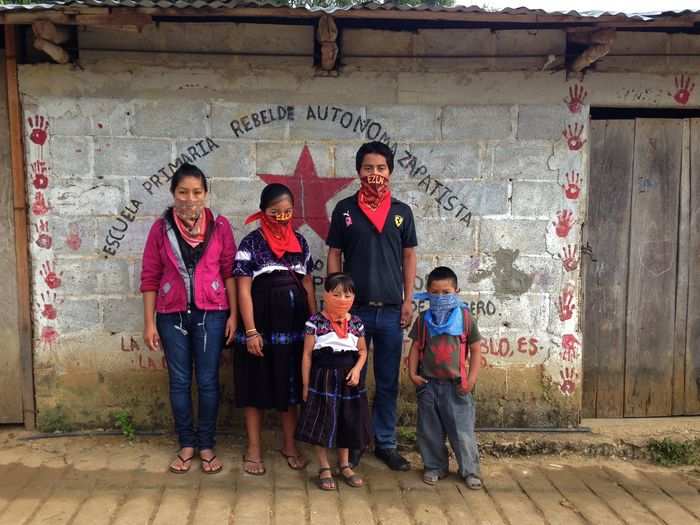
Want another peek into a rarely-seen place?
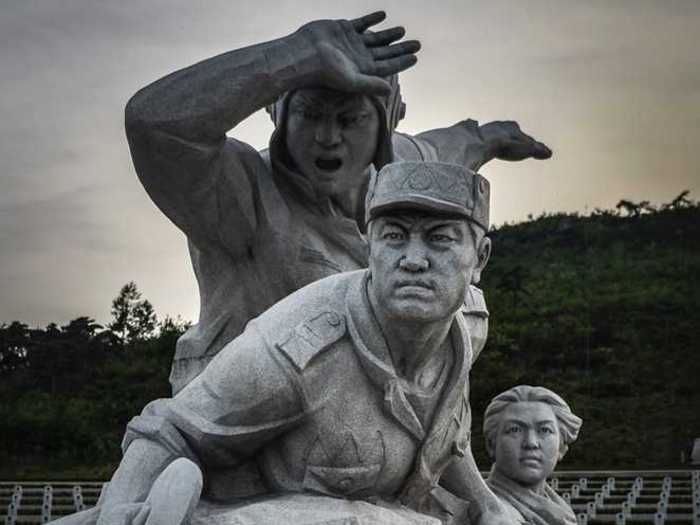
Popular Right Now
Popular Keywords
Advertisement